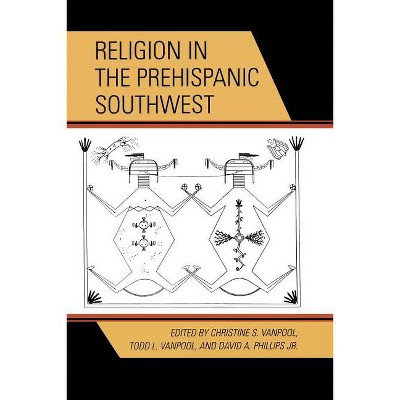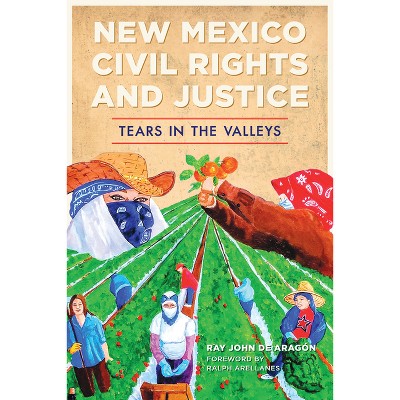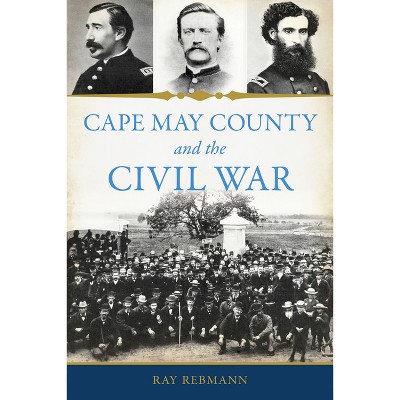Sponsored

New Mexico's Stolen Lands - by Ray John de Aragón (Paperback)
In Stock
Sponsored
About this item
Highlights
- Faced with decades of land theft, New Mexicans seek justice.When the Mexican-American War ended in 1848, the Treaty of Guadalupe Hidalgo guaranteed previous Spanish and Mexican land grants, as well as rights for Native Americans to their ancestral homelands.
- About the Author: Author Ray John de Aragón joined La Alianza Federal de las Mercedes in May 1967.
- 128 Pages
- History, United States
Description
About the Book
When the Mexican-American War ended in 1848, the Treaty of Guadalupe Hidalgo guaranteed previous Spanish and Mexican land grants, as well as rights for Native Americans to their ancestral homelands. However, organized property theft began soon after. People were methodically dispossessed of their homes through manipulation, conspiracy and even organized crime rings, leading to widespread poverty and isolation. Then in 1967, the Tierra Amarilla Courthouse Raid, led by charismatic civil rights leader Reies Lâopez Tijerina, brought the age-old struggle over these stolen lands to the national stage. Author Ray John de Aragâon brings to light the suffering brought to New Mexico by land barons, cattlemen and unscrupulous politicians and the effects still felt today.Book Synopsis
Faced with decades of land theft, New Mexicans seek justice.
When the Mexican-American War ended in 1848, the Treaty of Guadalupe Hidalgo guaranteed previous Spanish and Mexican land grants, as well as rights for Native Americans to their ancestral homelands. However, organized property theft began soon after. People were methodically dispossessed of their homes through manipulation, conspiracy and even organized crime rings, leading to widespread poverty and isolation. Then in 1967, the Tierra Amarilla Courthouse Raid, led by charismatic civil rights leader Reies López Tijerina, brought the age-old struggle over these stolen lands to the national stage. Author Ray John de Aragón brings to light the suffering brought to New Mexico by land barons, cattlemen and unscrupulous politicians and the effects still felt today.
Review Quotes
The history of stolen land in New Mexico is a convoluted one and the myths surrounding Tijerina have given rise to falsehoods. In his latest book, de Aragón aims to set the record straight. Akron Beacon Journal
one of the book's strengths is that it provides a variety of historical examples that give readers a glimpse into the diversity of grant foundations. Some, like the San Miguel del Vado grant, were the product of a Spanish governor's concentrated effort to expand the line of colonial settlement by bringing many families together on the specified lands to develop them. Others were given to wealthy Spaniards and their families rather than to communities. All faced the threat of squatters and speculation following the U.S. Civil War.
Brandon Morgan, New Mexico Historical Review
About the Author
Author Ray John de Aragón joined La Alianza Federal de las Mercedes in May 1967. The group fought for the rights of Native Americans who had lost their ancestral lands and attempted to have millions of acres of Spanish/Mexican land grants returned to their rightful owners and heirs. De Aragón remains actively involved with issues that affect downtrodden people and prolifically writes on these subjects. He is a recognized historian and scholar of New Mexico and professor of southwest history.Shipping details
Return details
Frequently bought together
Trending Non-Fiction

















